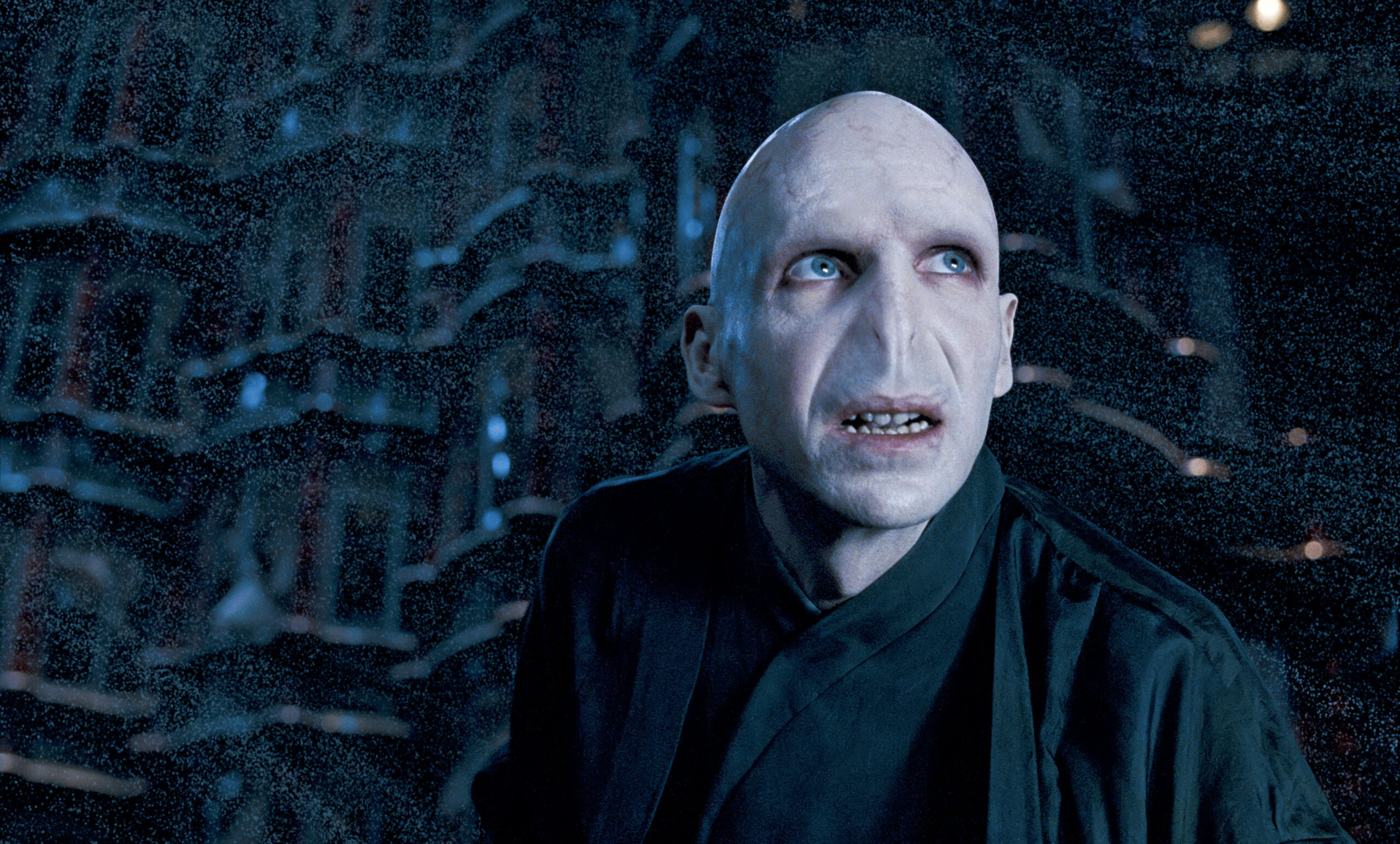The Harry Potter series, written by J.K. Rowling, is a beloved and popular series of fantasy novels. The series follows the adventures of a young wizard named Harry Potter and his friends Ron Weasley and Hermione Granger as they attend Hogwarts School of Witchcraft and Wizardry and learn to use magic while also facing off against the dark wizard Voldemort and his followers.
The series is known for its use of various literary techniques and elements, including imagery, symbolism, and foreshadowing. These techniques add depth and richness to the story, making it more engaging and memorable for readers.
Imagery is the use of vivid and descriptive language to create a mental picture in the reader’s mind. In the Harry Potter series, Rowling uses imagery to describe the magical world and its inhabitants in great detail. For example, she uses imagery to describe the fantastical creatures that Harry and his friends encounter, such as the hippogriffs, dragons, and centaurs, as well as the spells and potions that they learn to use. This imagery helps the reader to visualize and immerse themselves in the magical world of Harry Potter.
Symbolism is the use of objects, characters, or events to represent something else, often something abstract or intangible. In the Harry Potter series, Rowling uses symbolism to represent themes and ideas. For example, the Philosopher’s Stone, a magical object that can grant immortality and create unlimited wealth, is a symbol for the temptation of power and the dangers of greed. The Dark Mark, a skull-and-serpent symbol used by Voldemort and his followers, is a symbol for the evil and death that they represent. These symbols help to reinforce the themes and ideas present in the story.
Foreshadowing is the use of hints or clues to suggest what will happen later in the story. In the Harry Potter series, Rowling uses foreshadowing to build suspense and create anticipation for future events. For example, early in the series, Harry has a vision of a dark figure with red eyes, which foreshadows the eventual reveal of Voldemort. Later, Harry is warned by Professor Dumbledore that he must not return to Hogwarts after he leaves, which foreshadows the events of the final book in the series. These instances of foreshadowing help to build tension and keep the reader engaged.
Overall, the use of imagery, symbolism, and foreshadowing in the Harry Potter series enhances the story and adds depth and complexity to the characters and events. These literary techniques help to make the series engaging and memorable for readers.
Some possible pro and contra arguments regarding the use of these literary techniques in the series are:
Pros:
- The use of imagery, symbolism, and foreshadowing adds depth and richness to the story.
- These techniques help to make the story more engaging and memorable for readers.
- They can reinforce themes and ideas present in the story.
Cons:
- The heavy use of these techniques can sometimes be overwhelming or confusing for readers.
- They can be overused or used in a way that feels forced or contrived.
- Some readers may not appreciate or understand the use of these techniques.
